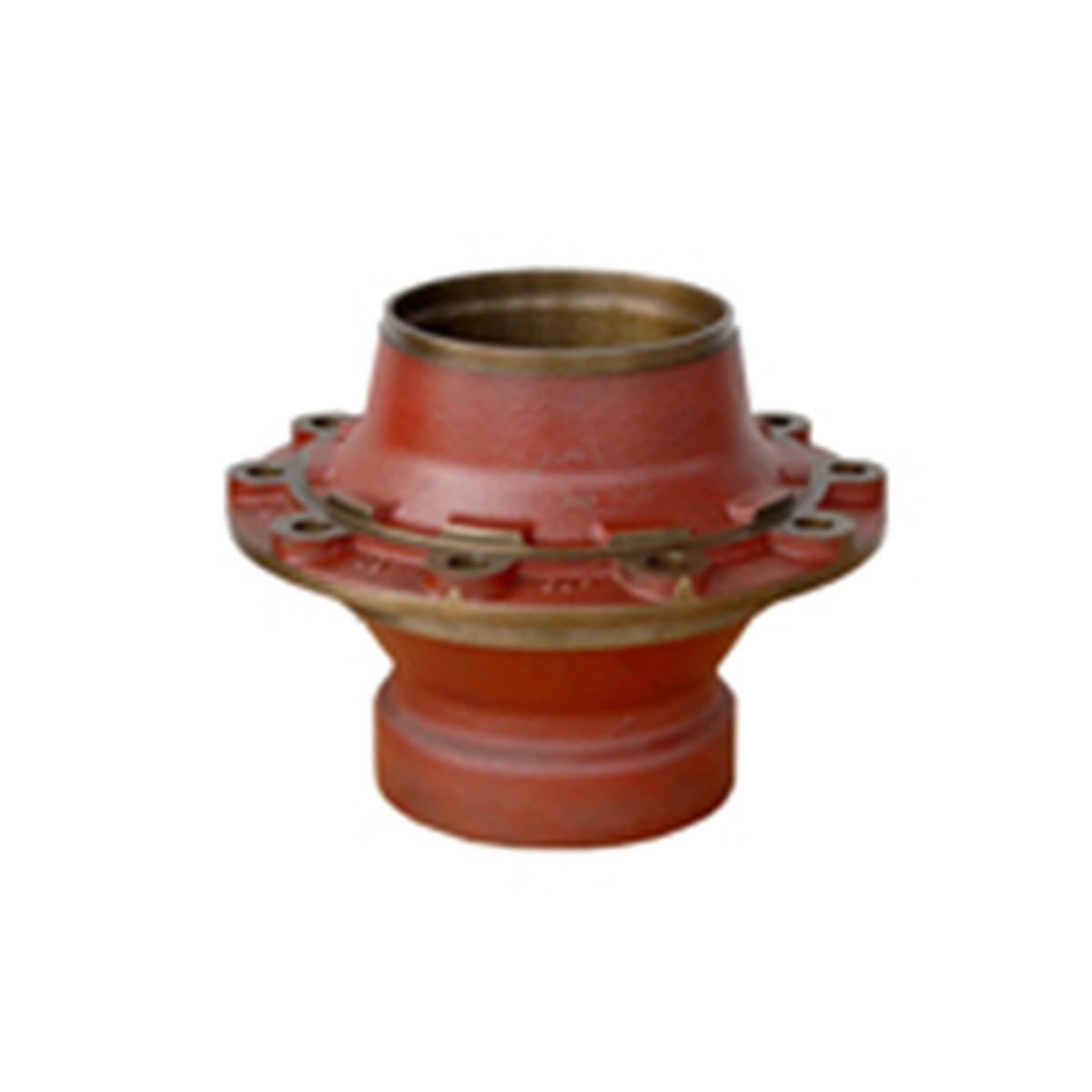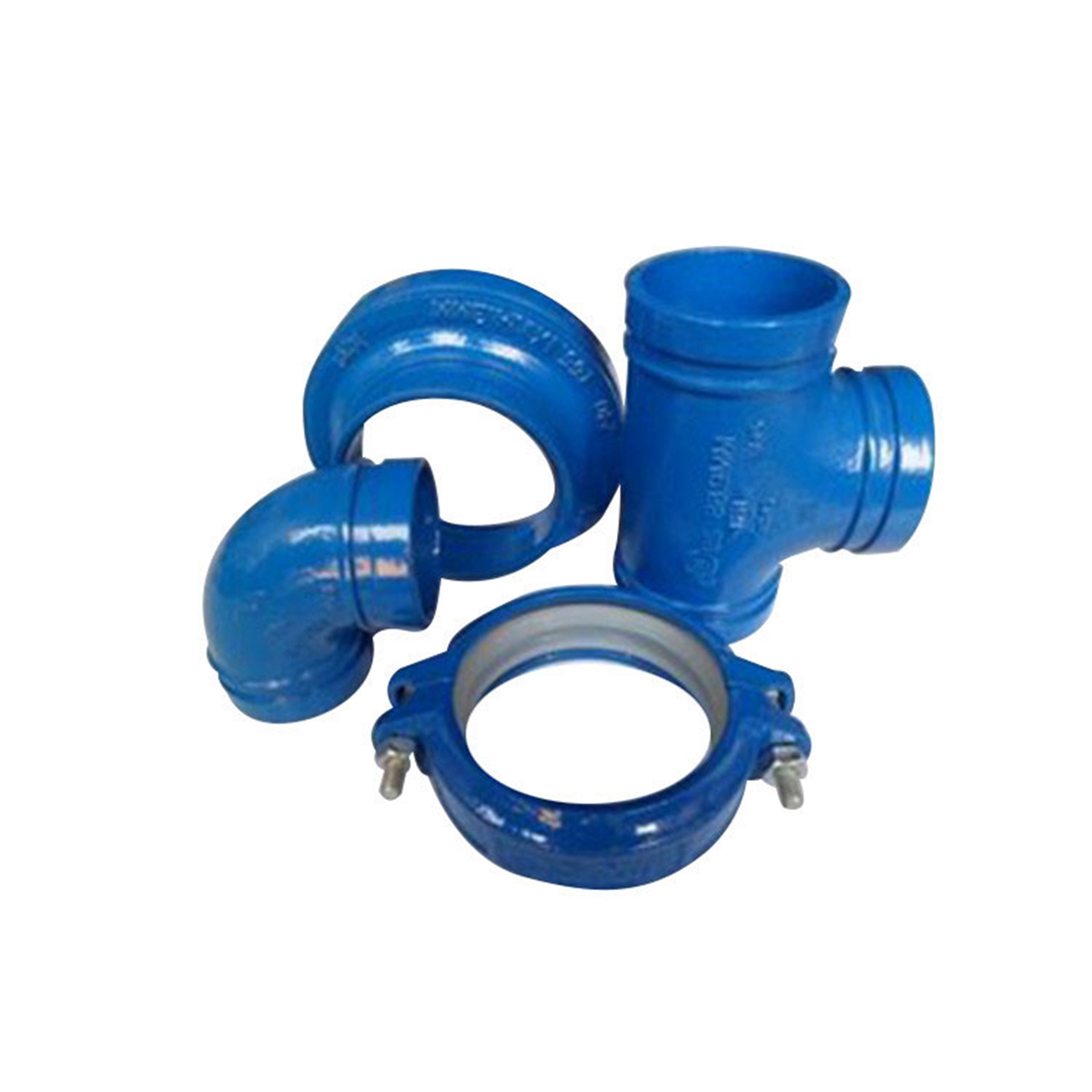
Four general types of laser cutters are used in industrial applications, as listed below:
- CO2 Laser:CO2 lasers are based on technology developed several decades ago and are primarily used for cutting non-metal materials. While they can cut metal under specific conditions with assist gases, fiber lasers, developed more recently, are generally preferred for metal cutting in the automotive and manufacturing industries. The CO2 lasers also do well with organic materials like wood and fabric. They require regular maintenance, as their laser tubes tend to fail over time.
- Fiber Lasers:Fiber lasers are well suited for metal cutting and can produce precise cuts in a variety of materials. Fiber lasers have higher energy densities than CO2 lasers and are preferred over CO2 lasers in the automotive, manufacturing, and aerospace industries.
- Nd:YAG & Nd:YVO Lasers:These crystal-based lasers (Nd:YAG – Neodymium-Doped Yttrium Aluminium Garnet and Nd:YVO – Neodymium-Doped Yttrium Orthovanadate) have higher power densities than fiber lasers and are widely used for marking and etching as well as for use in the medical industry for various eye treatments. These lasers, however, have high operating costs and low efficiencies.
- Direct Diode Lasers: Direct diode lasers are far simpler than the other technologies in this list, and recent advances have achieved power densities high enough for cutting metals. Direct diode lasers can achieve high cutting speeds in certain applications, though the speed advantage over fiber lasers may vary depending on the material and specific cutting requirements.





